Nobody wants to be in a situation where you’re peacefully driving, then the next thing you know; your brakes have stopped working. If you’re new to this situation or you weren’t informed well enough, you might end up panicking and make hasty decisions.
Just remember that if ever you’re in a situation where one wrong move could kill you, always start by calming yourself first and don’t let fear take over your judgment.
Below Philkotse.com has the simplified guide on how to stop your car if you suddenly lost your brakes. These are fairly easy to do and easy to remember so keep it in mind and don’t hesitate to share it with others.
Step #1.
Let other drivers know that there is something wrong with your vehicle. Utilize your hazard lights to make yourself visible to other drivers on the road. They may not be fully aware of what’s going on with your vehicle but they are more likely to pay attention to you.
Other drivers should notice that your car isn’t well so they can react immediately if you ultimately lose control of your vehicle. The hazard light button is located on your dashboard and it is often marked by an orange triangle in older model cars for easy visibility.

Utilize your hazard lights to make yourself visible to other drivers on the road
Step #2.
Take your foot off the gas pedal and if it’s applicable to your vehicle, turn off the car’s cruise control. This will slow the car down and inhibit further acceleration but if you’re on a road that slopes downward, gravity will not work in your favor. The cruise control should naturally turn off once that you shift the clutch.
However, since your brakes are defective, then there could also be a slim chance that there’s a problem with the cruise control. So you may want to make sure and turn it off manually.
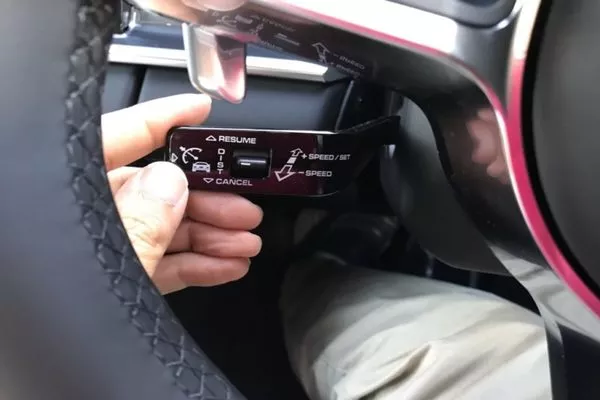
Take your foot off the gas pedal and if it’s applicable to your vehicle, turn off the car’s cruise control
>>> Read more: 4 rules that every Filipino driver should know about braking.
Step #3.
If you’re driving a vehicle with a manual transmission, you can shift to a lower gear. Once you take your foot off the accelerator, the vehicle should slow down and this is when you need to shift one gear lower. As you feel the car go slower, you can shift down one gear more if applicable.
However, you need to keep in mind that the defective brakes are not your only problem. Since this is an emergency, don’t be afraid to honk at other drivers if you think you need to warn them. Also, try your best to keep your hands on the steering wheel whenever you can since you would still need to maneuver your car into safety.
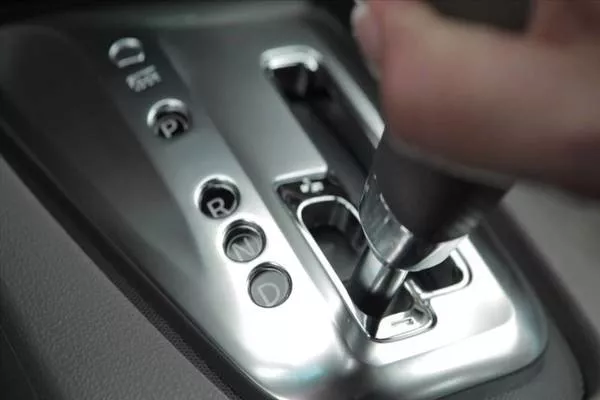 `
`
If you’re driving a vehicle with a manual transmission, you can shift to a lower gear
Cases like these are where a lot of drivers make mistakes because of panicking. You may feel the urge to shift your gears down all at once but this isn’t a good idea. If you run out of downshifts, your vehicle may slow down but you will have a harder time trying to make it stop with nothing holding back the gears anymore.
Downshift your gears one at a time and the car will gradually lose speed after each gear shift until it finally stops.
>>> Related: Car pulling to one side when braking: 6 possible causes
Step #4.
Shift your hazard light to a turn signal once you finally decide that the car can stop on its own. If you’re not sure that other drivers are paying attention to you, you can honk your horn a few times before trying to make the turn.
Finally, make your exit safely and park at an open space to avoid collision with other vehicles and running over people and private property.
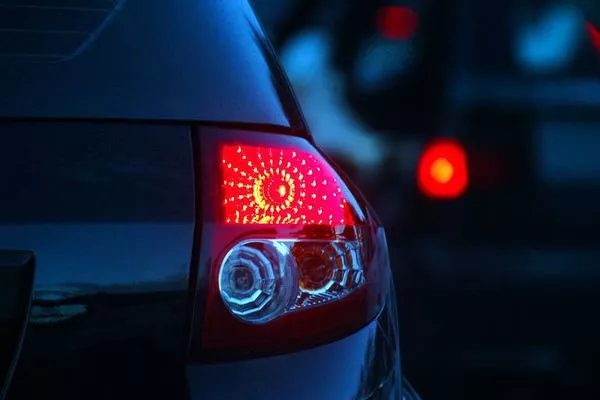
Shift your hazard light to a turn signal once you finally decide that the car can stop on its own
>>> Also check: 6 signs showing that your car's brake system needs maintenance.
Step #5.
Once you’re close to the safe parking spot, pump at your brakes. Your car never really runs out of braking power, it’s just reduced so much that you can barely feel it.
If you feel that the car is slow enough, pump at your brakes to create more friction in less time. Press the brakes towards the floor as hard as you can to stop the car fully with its braking power left.
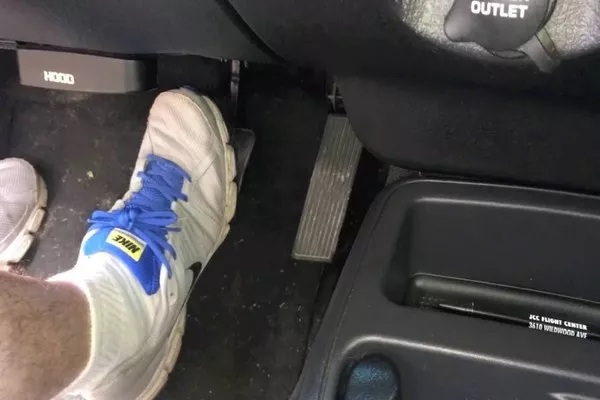
Once you’re close to the safe parking spot, pump at your brakes
Step #6.
You can also try using the emergency brakes if your car is already at a low speed. This is also known as the parking brake and can be found in the center console between the two seats in front. If step 5 does not work for you, you can try this, but make sure that the car is as slow as it can possibly get.
If you pull the emergency brakes while the wheels are still rolling at a fast speed, you may end up with locked wheels. When the wheels lock, you will hear a clicking noise from your wheels. This can make your vehicle suddenly stop and could cause it to tip over.
Another way to stop a car with the failing brakes
Here is another way to safely stop your car. It’s a bit different from the first tip but you can also try this one if the first one fails.
Step 1.
After turning on the hazard lights to aware of other drivers, open all the car windows. It’s good to have power windows especially if you’re driving. If you are alone and you have an older model car, you can manually roll down the windows that you can safely reach.
Make sure that you don’t compromise road safety by failing to maneuver the steering wheel while you roll down the windows.
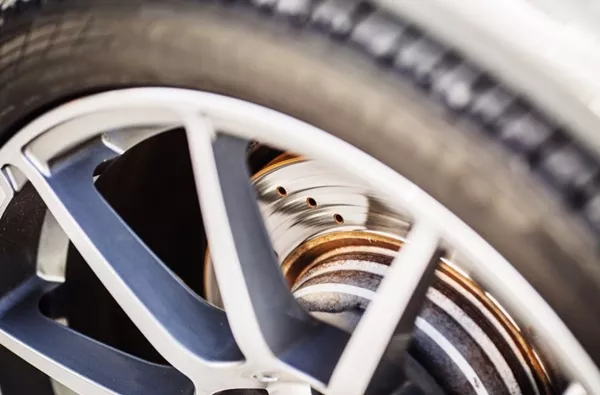
Make sure that you don’t compromise road safety by failing to maneuver the steering wheel while you roll down the windows
Step 2.
Pick a road that goes slightly upwards and drives your car there to lose some speed. One of the things you should consider when picking an upward slope is that it should not be too steep that instead of losing speed, you gain more after the ascend and there is no heavy traffic where more drivers can potentially get hurt if you lose control of your vehicle.
>>> Worth reading: 6 warning signs of a poor braking system.
Step 3.
Try turning the key to reach the “off” if you’re still having trouble with stopping the vehicle. If the first method didn’t work for you and you’re still having trouble with the above steps 1 and 2, then this may stop your car.
However, we would like to strongly advise only to result in this method when all else fail. This can be very dangerous and requires that you are calm so you don’t end up turning the engine off while the vehicle is at a speed.
Recent posts
- Disc Brakes vs Drum Brakes: How are they different? Jan 28, 2021
- Car handbrake: Things you should keep in mind Apr 12, 2021
- How to use your car brakes properly Nov 07, 2018
- These 7 habits of car owners are awfully damaging their brakes Mar 17, 2021
- How to make your brakes last longer? Feb 17, 2021












